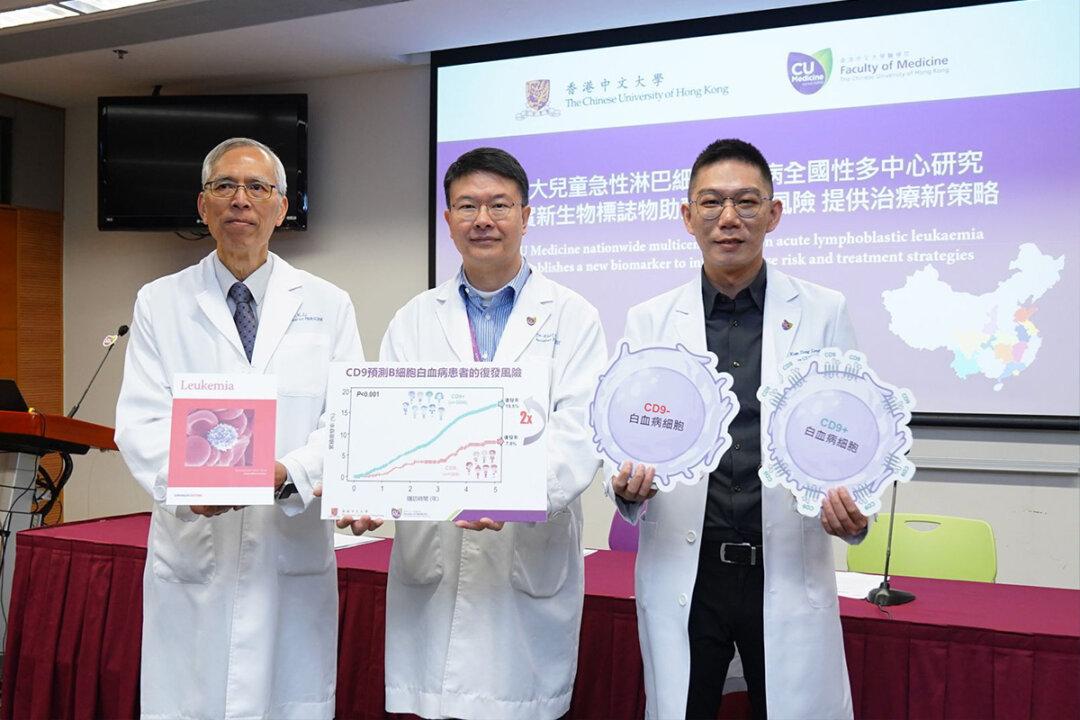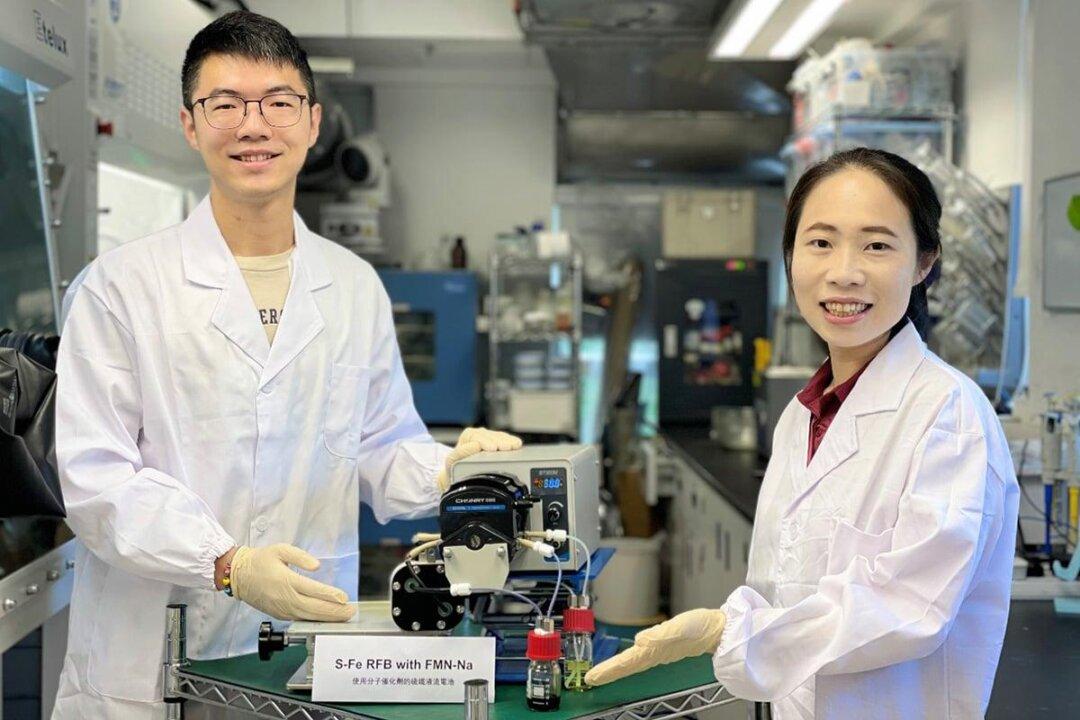Colorful balloons at festive parties can bring a lively atmosphere, but behind the joy lies hidden dangers. On June 15, the Hong Kong Consumer Council announced that it had tested 35 samples from 19 latex balloon products. It found that more than 90 percent, or 32 samples, contained different types of suspected carcinogenic substances called “nitrosamines.”
Thirteen samples exceeded the total migration limit of nitrosamines set by European standards, with one Chinese package “对了DUILE” yellow balloon sample exceeding the limit by up to 6.8 times.




